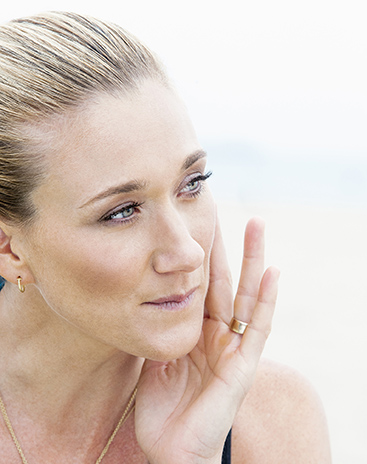 By Iris Mata, Skin Authority Skin Coach
By Iris Mata, Skin Authority Skin Coach
During a recent trip to England, I visited William Shakespeare’s hometown, Stratford-upon-Avon. His childhood home was built in the 1600s and had long housed a beautiful wood dining table that was restored for display. Like most fragile antique pieces, a sign was posted, “Please do not touch.” No real repairs were needed, but its surface was freckled with dings and dents, scrapes and scratches, all which added character and uniqueness. Its beauty emanated from its age. I can imagine the process of resurfacing that went into this fragile, yet enduring piece: a sensitive buffering, adding a layer of hydration to the exposed wood to soften the surface, and a protective coat of color and sealant. This idea of resurfacing isn’t to cover its age but by definition: to put a new surface on (something); to refinish or repair the surface of (something).*
Similarly, we can never fully hide the beauty of our age with any skin care line or product. Instead, like timeless pieces, we embrace the life our skin has lived by continually resurfacing and protecting its health. The process of resurfacing and protecting our skin is one similar to a restoration expert’s approach to vintage pieces and priceless antiques, much like the table in Shakespeare’s home. The “resurfacing” process for the skin is a gentle and mild, using naturally derived ingredients to dissolve our dead skin cells. This simple step exposes new skin for nourishment and protection. However, resurfacing is not to be mistaken for manual forms of exfoliation. With resurfacing, you’re allowing your skin to illuminate its natural glow without risking the adverse effects of conventional forms of exfoliating products like scrubs and brushes. Although manual forms of exfoliation can claim they are “gentle enough for daily use,” you’re still at risk for stripping too much of your skin’s natural moisture production or abrasively tearing a pore. This process can result in a never ending ping pong match between dry and oily skin. With resurfacing, you’re accelerating the skin’s cell turnover cycle as age attempts to slow it down. So consider the importance of embracing our beauty by incorporating resurfacing in our daily beauty routines. And just like a timeless piece built in the 1600s that can be resurfaced anew, our skin is capable to achieve the same refreshing beauty as it did in our youth.
* http://www.merriam-webster.com/dictionary/resurface?show=0&t=1380834099
Image via allure.com
